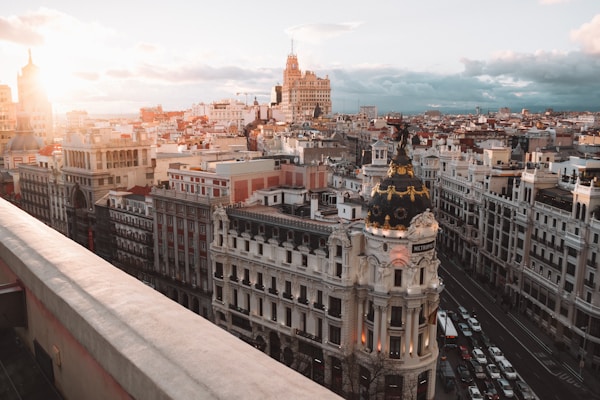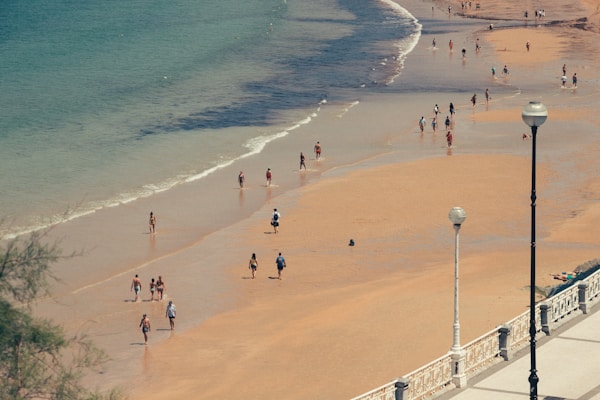Ribera del Duero to Rioja
This morning, after checking out of your accommodation, meet your guide and depart together towards Rioja.
Along the way, stop to explore Burgos, the provincial capital of Castile and León. The city is famous for its intact medieval architecture with the most recognizable landmark being the Gothic Cathedral of St. Mary, a UNESCO World Heritage Site. Work began on the Cathedral in 1221 and continued until 1795. Boasting no fewer than 38 altarpieces, countless chapels, ornate religious imagery, and of course, being the final resting place of the legendary El Cïd, the cathedral is outstanding for the elegance and harmony of its architecture.
After your visit, you will be welcomed to a bodega such as Portia winery or a traditional restaurant in the area for a tapas lunch to be served with wine.
Continue the drive to Rioja this afternoon and, on arrival, you will be welcomed for your first tastings of Rioja wines.
We will consider an estate such as Amaren, meaning "of the mother" in Basque. The first wine under this label appeared in 1995 as a tribute to Ángeles, mother of winemaker Juan Luis Cañas. This was the beginning of what in 2016 became a whole winery, Bodegas Amaren. The estate is comprised of some of Rioja Alavesa’s best and highest altitude vineyards, where the soil is poor and produces small bunches, perfect for making highly concentrated Rioja wines. The vineyard-zone stretches over an area of 65 hectares, where ancient vine plants of 35 to 110 years old are cultivated.
Alternatively you may visit the Culture of Wine Museum, Dinastía Vivanco in Briones, a unique and historic location in the Rioja Alta. Situated in the heart of the vineyards adjacent to their Bodega, this is one of the largest wine museums in the world and has amazing views of the town of Briones
Afterwards, you will be transferred to your hotel in Rioja for check-in, settling into your new surroundings.
La Rioja
Located in northern Spain, along the Ebro River, La Rioja is one of the most prestigious and well-known of all the Spanish wine regions. It is divided into three sub-regions: Rioja Alta, Rioja Alavesa and Rioja Baja with the most famous bodegas located in Alta and Alavesa.? Rioja is known for its red wines made primarily from the Tempranillo grape, which is often blended with Garnacha, Mazuelo, and Graciano grapes.
Rioja appeals, not just for producing some of the finest wines in Spain, but also for the contrast between traditional and modern wineries that can be found here. You can visit an historic bodega built on a farm that was part of a medieval monastery and still makes its wine in the most traditional way, then continue on to another that employs state of the art wine technology in a building that is a work of modern art in itself.
















